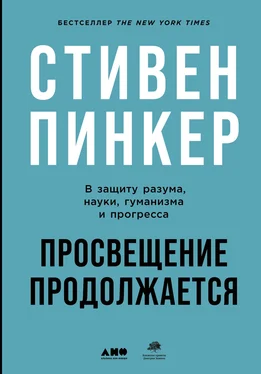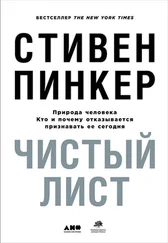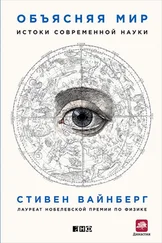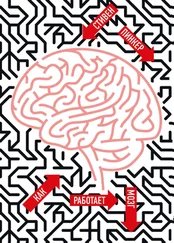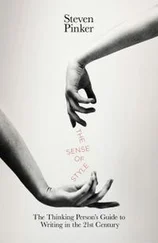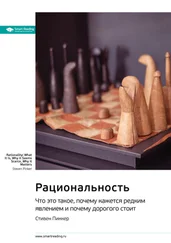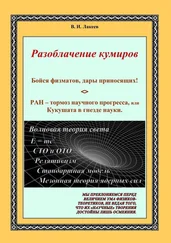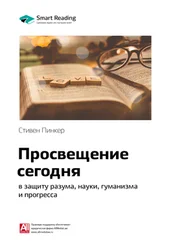Stern, D. 2014. The environmental Kuznets curve: A primer. Centre for Climate Economics and Policy, Crawford School of Public Policy, Australian National University.
Sternhell, Z. 2010. The anti nlightenment tradition . New Haven: Yale University Press.
Stevens, J. A., & Rudd, R. A. 2014. Circumstances and contributing causes of fall deaths among persons aged 65 and older: United States, 2010. Journal of the American Geriatrics Society, 62, 470–75.
Stevenson, B., & Wolfers, J. 2008a. Economic growth and subjective well eing: Reassessing the Easterlin paradox. Brookings Papers on Economic Activity, 1–87.
Stevenson, B., & Wolfers, J. 2008b. Happiness inequality in the United States. Journal of Legal Studies, 37, S33–S79.
Stevenson, B., & Wolfers, J. 2009. The paradox of declining female happiness. American Economic Journal: Economic Policy, 1, 2190–2225.
Stevenson, L., & Haberman, D. L. 1998. Ten theories of human nature . New York: Oxford University Press.
Stokes, B. 2007. Happiness is increasing in many countries – but why? Washington: Pew Reseach Center. http://www.pewglobal.org/2007/07/24/happiness-is-increasing-in-many-countries-but-why/#rich-and-happy.
Stork, N. E. 2010. Re ssessing current extinction rates. Biodiversity and Conservation, 19, 357–71.
Stuermer, M., & Schwerhoff, G. 2016. Non enewable resources, extraction technology, and endognous growth. National Bureau of Economic Research. https://paulromer.net/wp-content/uploads/2016/07/Stuermer-Schwerhoff-160716.pdf.
Suckling, K., Mehrhof, L. A., Beam, R., & Hartl, B. 2016. A wild success: A systematic review of bird recovery under the Endangered Species Act . Tucson, AZ: Center for Biological Diversity. http://www.esasuccess.org/pdfs/WildSuccess.pdf.
Summers, L. H. 2014a. The inequality puzzle. Democracy: A Journal of Ideas, 33 .
Summers, L. H. 2014b. Reflections on the “new secular stagnation hypothesis.” In C. Teulings & R. Baldwin, eds., Secular stagnation: Facts, causes, and cures . London: Centre for Economic Policy Research.
Summers, L. H. 2016. The age of secular stagnation. Foreign Affairs, Feb. 15.
Summers, L. H., & Balls, E. 2015. Report of the Commission on Inclusive Prosperity . Washington: Center for American Progress.
Sunstein, C. R. 2013. Simpler: The future of government . New York: Simon & Schuster.
Sutherland, R. 2016. The dematerialization of consumption. Edge . https://www.edge.org/responsedetail/26750.
Sutherland, S. 1992. Irrationality: The enemy within . London: Penguin.
Sutin, A. R., Terracciano, A., Milaneschi, Y., An, Y., Ferrucci, L., et al. 2013. The effect of birth cohort on well eing: The legacy of economic hard times. Psychological Science, 24, 379–85.
Swain, M., Trembath, A., Lovering, J., & Lavin, L. 2015. Renewables and nuclear at a glance. The Breakthrough . http://thebreakthrough.org/index.php/issues/energy/renewables-and-nuclear-at-a-glance.
Taber, C. S., & Lodge, M. 2006. Motivated skepticism in the evaluation of political beliefs. American Journal of Political Science, 50, 755–69.
Tannenwald, N. 2005. Stigmatizing the bomb: Origins of the nuclear taboo. International Security, 29, 5–49.
Taylor, P. 2016a. The next America: Boomers, millennials, and the looming generational showdown . Washington: PublicAffairs.
Taylor, P. 2016b. The demographic trends shaping American politics in 2016 and beyond . Washington: Pew Research Center.
Tebeau, M. 2016. Accidents. Encyclopedia of Children and Childhood in History and Society . http://www.faqs.org/childhood/A-Ar/Accidents.html.
Tegmark, M. 2003. Parallel universes. Scientific American, 288, 41–51.
Teixeira, R., Halpin, J., Barreto, M., & Pantoja, A. 2013. Building an all n nation: A view from the American public . Washington: Center for American Progress.
Terracciano, A. 2010. Secular trends and personality: Perspectives from longitudinal and cross-cultural studies – commentary on Trzesniewski & Donnellan (2010). Perspectives in Psychological Science, 5, 93–96.
Terry, Q. C. 2008. Golden Rules and Silver Rules of humanity: Universal wisdom of civilization . Berkeley: AuthorHouse.
Tetlock, P. E. 2002. Social unctionalist frameworks for judgment and choice: The intuitive politician, theologian, and prosecutor. Psychological Review, 109, 451–72.
Tetlock, P. E. 2015. All it takes to improve forecasting is keep score. Paper presented at the Seminars About Long erm Thinking, San Francisco. http://longnow.org/seminars/02015/nov/23/superforecasting/.
Tetlock, P. E., & Gardner, D. 2015. Superforecasting: The art and science of prediction . New York: Crown. Tetlock, P. E., Mellers, B. A., & Scoblic, J. P. 2017. Bringing probability judgments into policy debates via forecasting tournaments. Science, 355, 481–83.
Teulings, C., & Baldwin, R., eds. 2014. Secular stagnation: Facts, causes and cures . London: Centre for Economic Policy Research.
Thomas, C. D. Inheritors of the Earth: How nature is thriving in an age of extinction. New York: PublicAffairs.
Thomas, K. A., DeScioli, P., Haque, O. S., & Pinker, S. 2014. The psychology of coordination and common knowledge. Journal of Personality and Social Psychology, 107, 657–76.
Thomas, K. A., DeScioli, P., & Pinker, S. 2018. Common knowledge, coordination, and the logic of self-conscious emotions. Department of Psychology, Harvard University.
Thomas, K. H., & Gunnell, D. 2010. Suicide in England and Wales, 1861–2007: A time trends analysis. International Journal of Epidemiology, 39, 1464–75.
Thompson, D. 2013. How airline ticket fees fell 50 % in 30 years (and why nobody noticed). The Atlantic, Feb. 28.
Thyne, C. L. 2006. ABC’s, 123’s, and the Golden Rule: The pacifying effect of education on civil war, 1980–1999. International Studies Quarterly, 50, 733–54.
Tonioli, G., & Vecchi, G. 2007. Italian children at work, 1881–1961. Giornale degli Economisti e Annali di Economia, 66, 401–27.
Tooby, J. 2015. The iron law of intelligence. Edge . https://www.edge.org/response-detail/26197.
Tooby, J. 2017. Coalitional instincts. Edge . https://www.edge.org/response-detail/27168.
Tooby, J., Cosmides, L., & Barrett, H. C. 2003. The second law of thermodynamics is the first law of psychology: Evolutionary developmental psychology and the theory of tandem, coordinated inheritances. Psychological Bulletin, 129, 858–65.
Tooby, J., & DeVore, I. 1987. The reconstruction of hominid evolution through strategic modeling. In W. G. Kinzey, ed., The evolution of human behavior: Primate models . Albany, NY: SUNY Press.
Topol, E. 2012. The creative destruction of medicine: How the digital revolution will create better health care . New York: Basic Books.
Trivers, R. L. 2002. Natural selection and social theory: Selected papers of Robert Trivers . New York: Oxford University Press.
Trzesniewski, K. H., & Donnellan, M. B. 2010. Rethinking “generation me”: A study of cohort effects from 1976–2006. Perspectives on Psychological Science, 5, 58–75.
Tupy, M. L. 2016. We work less, have more leisure time and earn more money. HumanProgress . http:// humanprogress.org/blog/we-work-less-have-more-leisure-time-and-earn-more-money.
Tversky, A., & Kahneman, D. 1973. Availability: A heuristic for judging frequency and probability. Cognitive Psychology, 4, 207–32.
Twenge, J. M. 2000. The age of anxiety? Birth cohort change in anxiety and neuroticism, 1952–1993. Journal of Personality and Social Psychology 79, 1007–21.
Читать дальше
Конец ознакомительного отрывка
Купить книгу
